Letter from Ireland: 15 projects to celebrate 2015, the Irish Year of Design
An architectural revival is underfoot in Ireland, driven by Irish Design 2015, a year-long government initiative promoting Irish design at home and abroad. The positive outlook is long overdue, after a difficult few years for the Irish construction industry. With opportunity restricted by the recession, Irish firms cast their nets further afield – and the results are paying off.
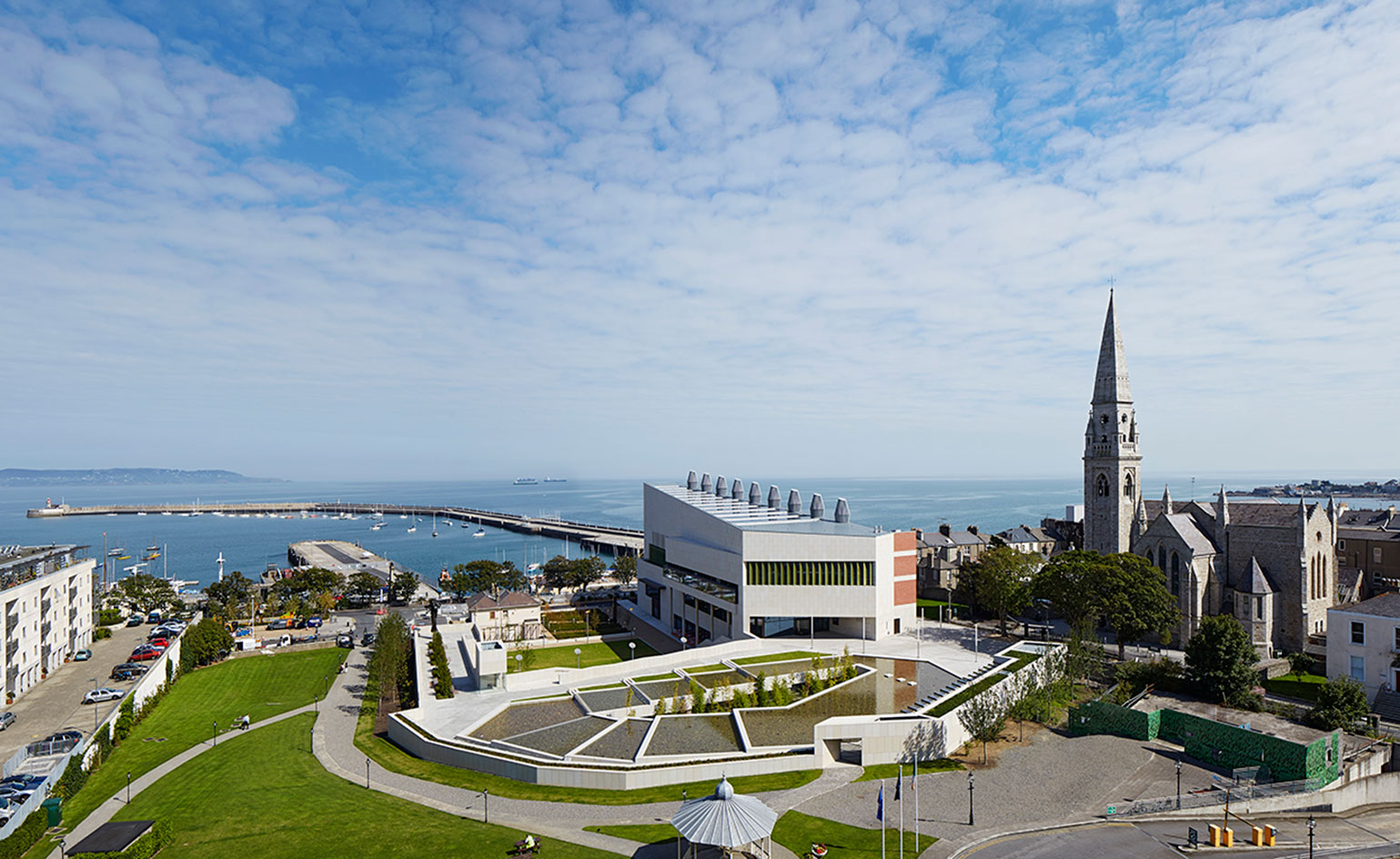
An architectural revival is underfoot in Ireland, driven by Irish Design 2015, a year-long government initiative promoting Irish design at home and abroad. The positive outlook is long overdue, after a difficult few years for the Irish construction industry. With opportunity restricted by the recession, Irish firms cast their nets further afield – and the results are paying off.
The 2015 Stirling Prize shortlist included Dublin-based Heneghan Peng Architects for the University of Greenwich Stockwell Street Building, and London-based, Dublin-educated Niall McLaughlin Architects for Darbishire Place. 2015 has also seen O’Donnell + Tuomey become worthy recipients of the prestigious RIBA Royal Gold Medal, putting Irish architects in the limelight.
What's been happening on home turf? We hand-picked 15 projects to showcase the variety of recently completed works in Ireland. Ranging from celebrated public buildings to a miniature pavilion, there is a commonality in bold forms and an economy of materials. There are the industrious place-makers of dlr LexIcon by Carr Cotter & Naessens, breathing a new lease of life into Moran Park on Dun Laoghaire’s waterfront, and the Picture Palace by dePaor Architects creating a landmark building for the burgeoning Galway film scene.
Continued government investment in education, in times when capital expenditure was dramatically reduced elsewhere, has led to the creation of inspiring learning environments. The crimson form of Athlone Community College by Mc Garry Ní Éanaigh Architects and the timber clad cluster of Teagasc College of Amenity Horticulture by OPW (Office of Public Works), redefines preconceived notions of institutional buildings. Education embraces heritage in the sensitive restoration of Blackrock Further Education Institute by McCullough Mulvin, in which four listed buildings have been united by a striking addition. Integrating restoration and new build is seen via examples such as the Inchicore Model School by Donaghy + Dimond and St Angela’s College, Cork by O’Donnell + Tuomey; both enhance existing protected structures with contemporary interventions.
Tailor-made houses including Alma Road in Dublin by ODOS, The Lake House in Howth by Aughey O’Flaherty and Church Road in Belfast by Hall McKnight, demonstrate a mastery of materials and meticulous attention to detailing, whilst tackling planning restrictions and variable site conditions. In the same vein, The Haven in Killarney by Gottstein Architects, nestles into its residential setting in a formal composition.
A contrast in scale is demonstrated by the smart Merrion Cricket Pavilion by TAKA Architects, a mere stone’s throw from the RDS Arena, Dublin’s multipurpose sports stadium. The RDS is earmarked for a multi-million euro development with a competition winning proposal by Newenham Mulligan & Associates in collaboration with Grimshaw Architects.
Finally there are the miniature muses, a small but perfectly formed collection of pavilions to provoke thought and celebrate cultural heritage. 5Cube Energy Pavilion by de Siún Scullion Architects addresses the reliance on fossil fuels. The thatched folly of Jeffrey’s House by Thomas O’Brien and Emily Mannion provides a retreat from the weather, and Square Moon by Shindesignworks commemorates the 150th anniversary of the birth of Irish Nobel prize-winning poet William Butler Yeats.
Times have been difficult on the island, but it looks like the road to recovery is well underway. Commencing in 2016, the Irish Government have released plans for a six year capital investment framework called 'Building on Recovery', setting an agenda for significant development in education, healthcare and social housing, making Irish architecture a definite one to watch.
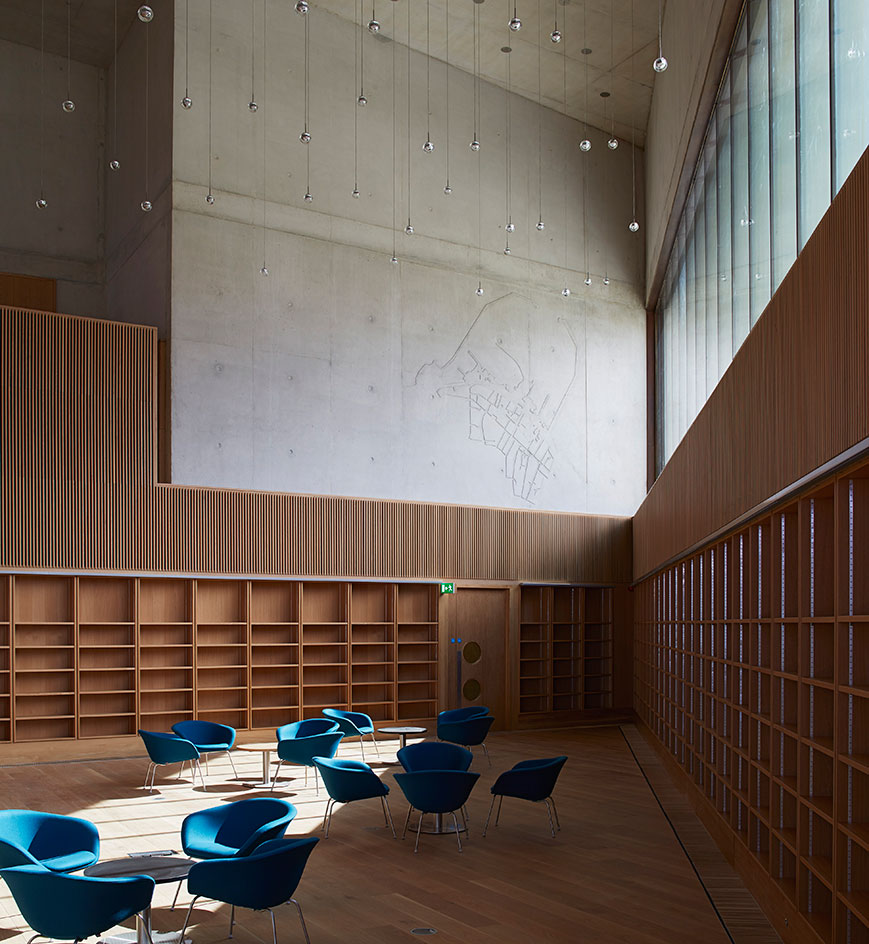
dlr LexIcon by Carr Cotter & Naessens
The project combines intimate and open spaces. This is reflected in the organisation of its two distinct volumes. Clad in granite, the tapering form of the open-plan library raises up to form a tall portico facing the sea. The red brick block accommodates meeting rooms, workshops and reading rooms.

dlr LexIcon by Carr Cotter & Naassens
Worthy winner of RIAI Best Cultural Building and Best Public Building 2015, the voluminous exposed concrete shell is complimented by oak acoustic linings and fitted shelving, to form a minimal and expressive interior, bathed in natural light.
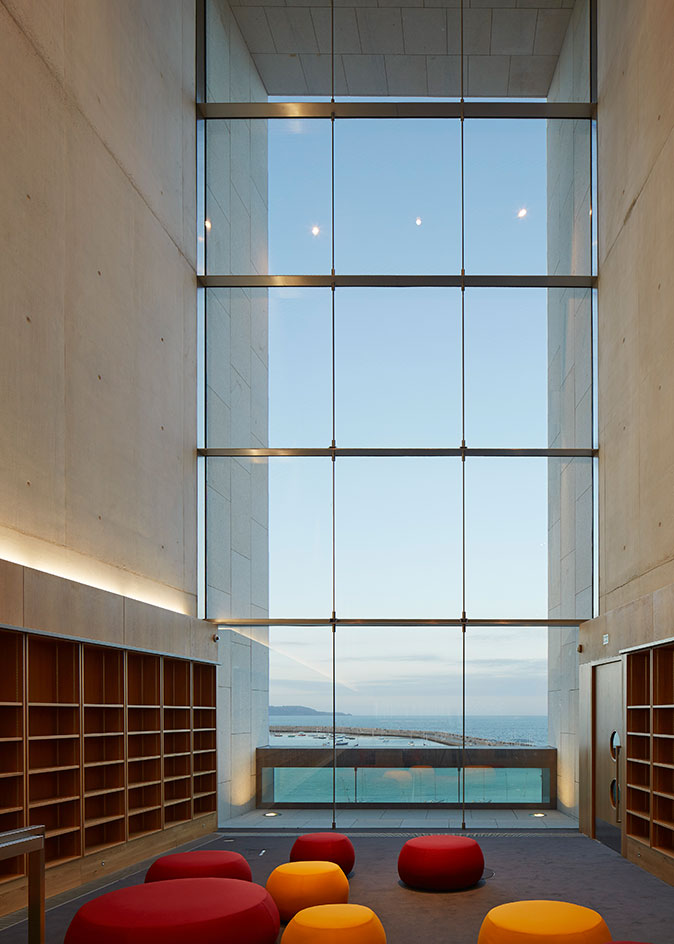
dlr LexIcon by Carr Cotter & Naessens
The building's main volume culminates in a grand picture window overlooking Dublin Bay. The large opening's assemblies and entrance portal are clad in bronze.
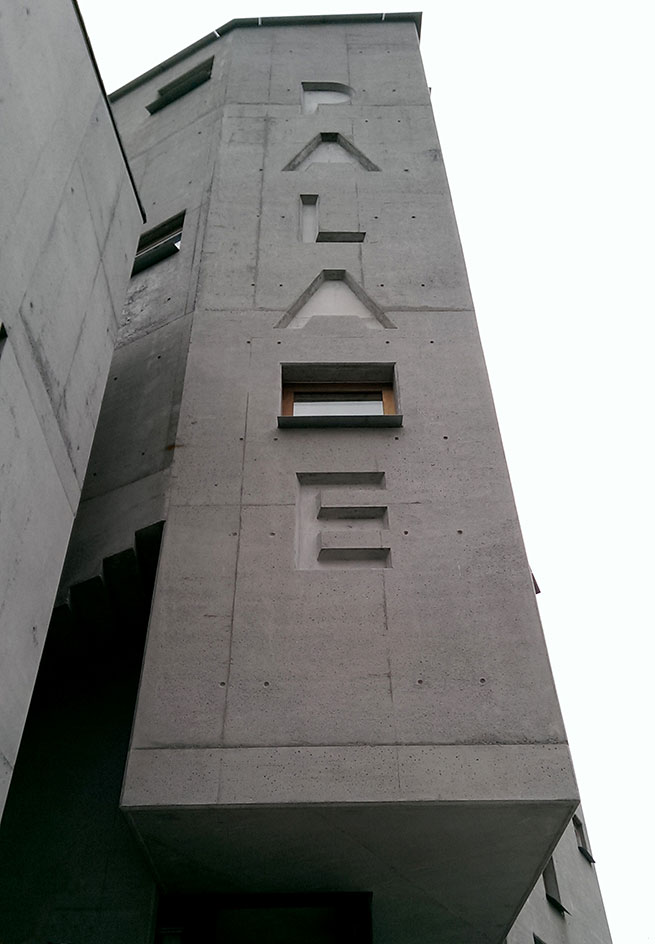
Picture Palace by dePaor Architects
The monolithic form of the new art-house cinema is located on the plot of a Georgian merchant's house and garden in Galway. The front facade of the end-terraced house was maintained in facsimile for streetscape and the new use is now tucked in the garden behind.
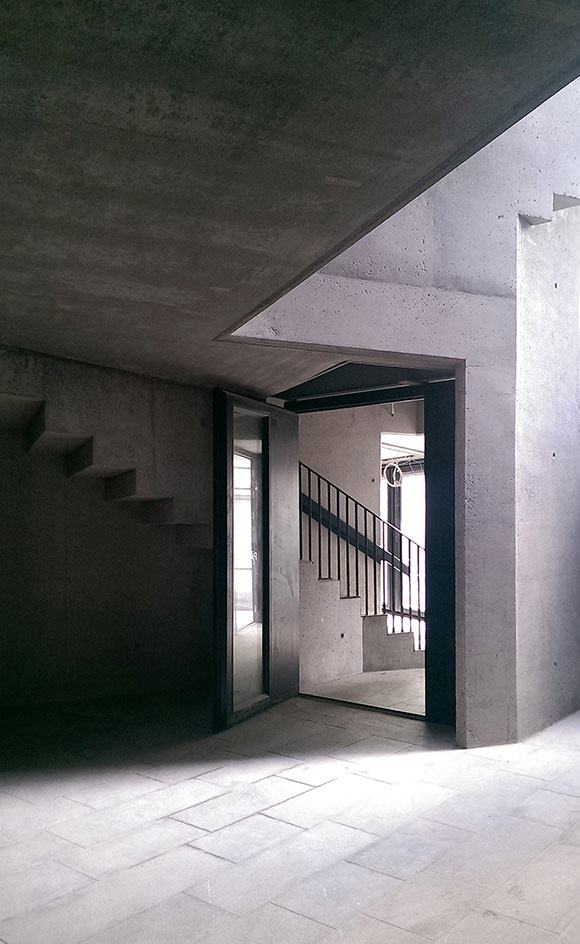
Picture Palace by dePaor Architects
The multi-faceted monolithic volume of the cinema is formed from cast in-situ shot-blasted and polished concrete, punctured by picture windows and topped with a pyramidal slate roof. The title of the building in both Gaelic and English is etched in deep relief on the two corner flanking facades.
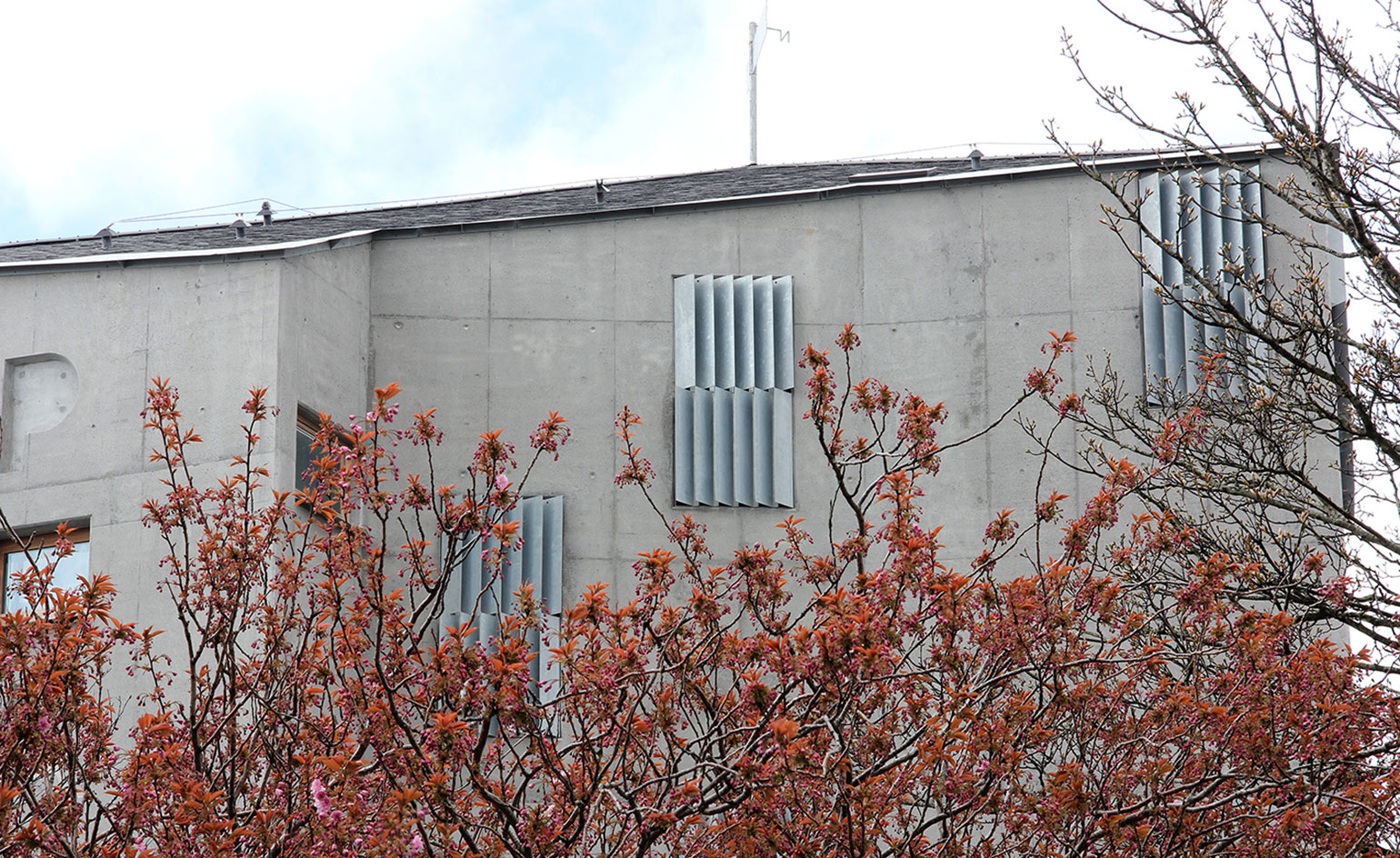
Picture Palace by dePaor Architects
Developed by Solas Galway Picture Palace Teoranta, the structure was designed by dePaor architects, who completed the shell and core in 2014, with the internal fit-out due for completion in mid-2016. Facilities will include three cinema screens, a cafe, bar and bookshop, making this a landmark building for Galway’s growing film scene.

Blackrock Further Education Institute by McCullough Mulvin Architects
This third level college located in Dublin’s Blackrock is comprised of a quartet of protected structures, including the former Blackrock Town Hall, Carnegie Library, VEC School and fire station. The existing buildings were renovated and united by a striking new L-shaped addition, completing the urban block.
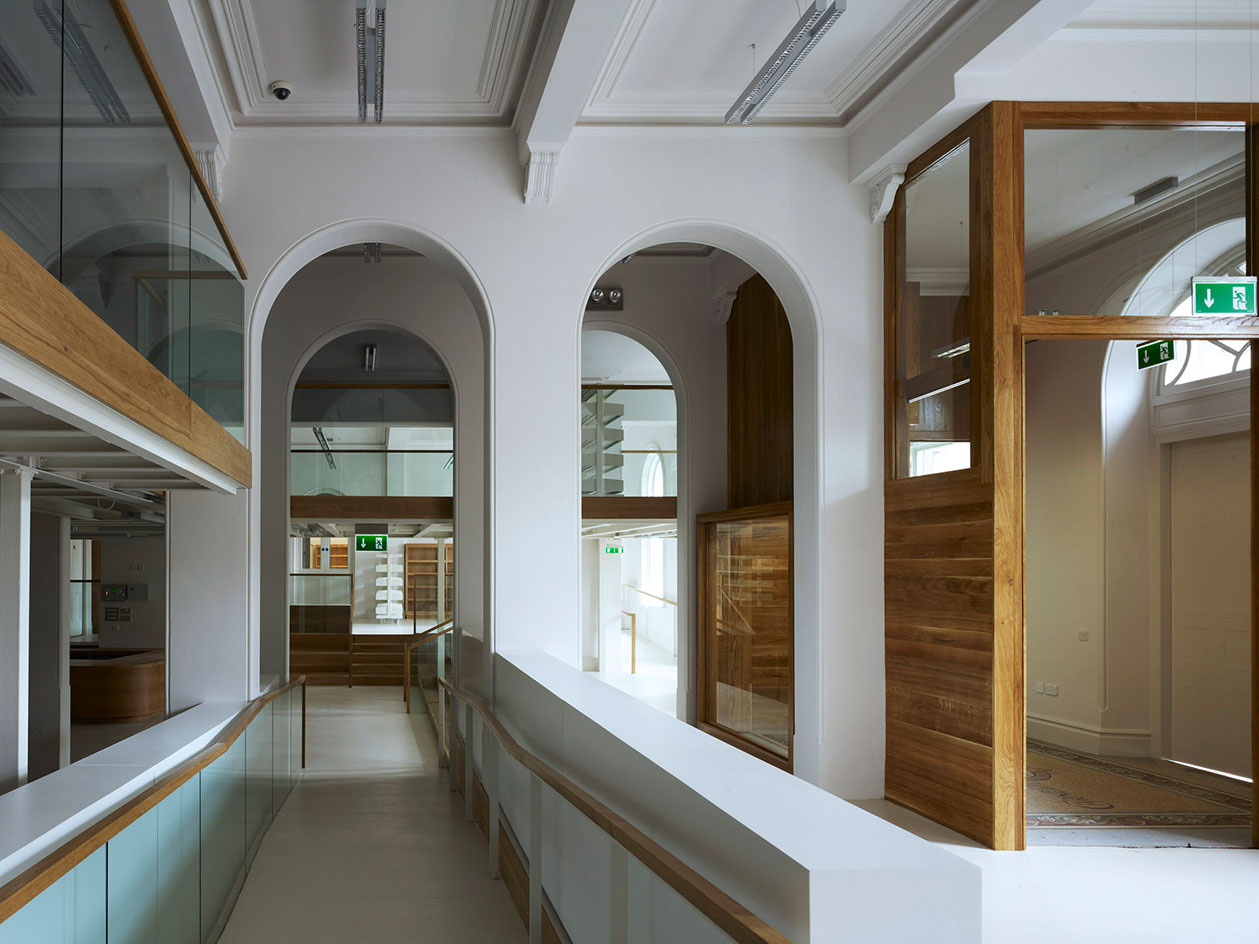
Blackrock Further Education Institute by McCullough Mulvin Architects
Dubbed the Blackrock Quartet, the former buildings share a main entrance at the Town Hall. The playful window arrangement on the new addition contrasts the well-ordered existing terrace.

Blackrock Further Education Institute by McCullough Mulvin Architects
The Carnegie Library doubled in size. The sympathetic refurbishments of the protected structures are complimented by contemporary interventions, including a courtyard and glazed atrium. Conceived as 'light canons', the linking spaces create social hubs for students.
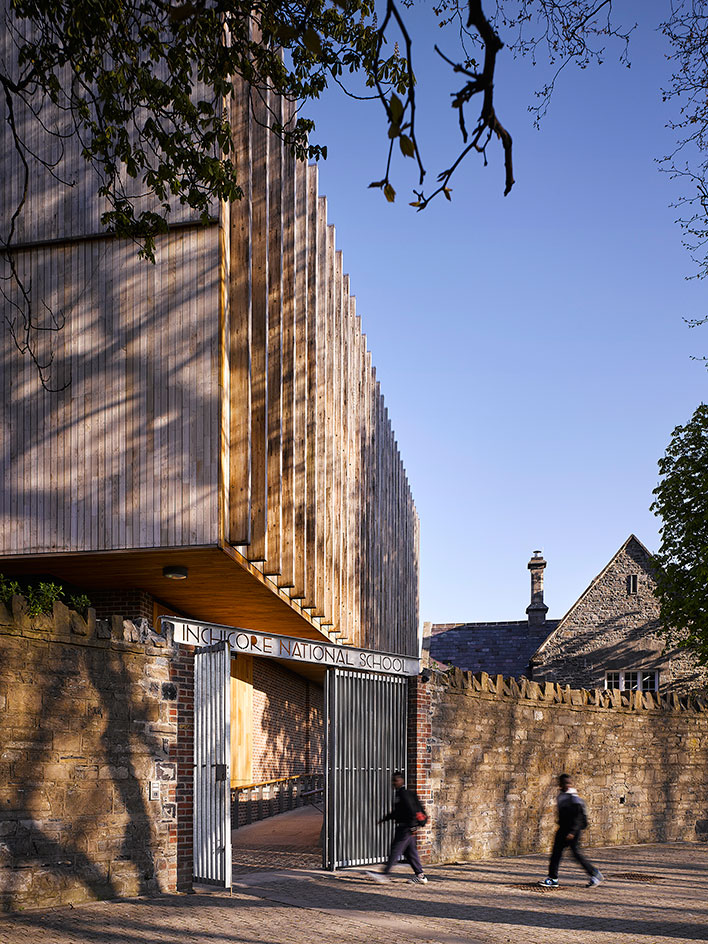
Inchicore Model School by Donaghy + Dimond
Scooping a RIAI Best Education Award in 2015, the Model School, originally built in 1853, is a protected structure linked to the Great Southern & Western Railway works housing. A contemporary extension to the primary school, including a new classroom block and general purpose hall, upgraded it to 21st century standards.

Inchicore Model School by Donaghy + Dimond
The protected structure's ceilings were raised back to their original 24ft loft. The courtyard is now covered with a ply-lined set of clerestory rooflights looking up into the trees – with the infant's rooms, library, office and principal room opening into it.

Inchicore Model School by Donaghy + Dimond
Clad in sweet chestnut boarding and glass curtain walling, the first floor classroom block is set amongst the canopy of trees, cantilevering over the new brick assembly hall below. The buildings are linked by a covered walkway.

St Angela’s College by O’Donnell+Tuomey
Located on a complex sloping inner city site, the long established St Angela’s College in Cork is an integrated new-build and refurbishment project, retaining the school’s ‘campus’ character. The collegiate arrangement, including four notable 19th century protected structures, will form a striking set of buildings around gardens, terraces, interconnected courtyards and play areas.

St Angela’s College by O’Donnell+Tuomey
Due for completion in December 2015, the project is conceived as a miniature hill town, set within a sensitive conservation area. The campus combines educational and social functions, with extensive refurbishment of existing protected structures and reinvented links between old and new.
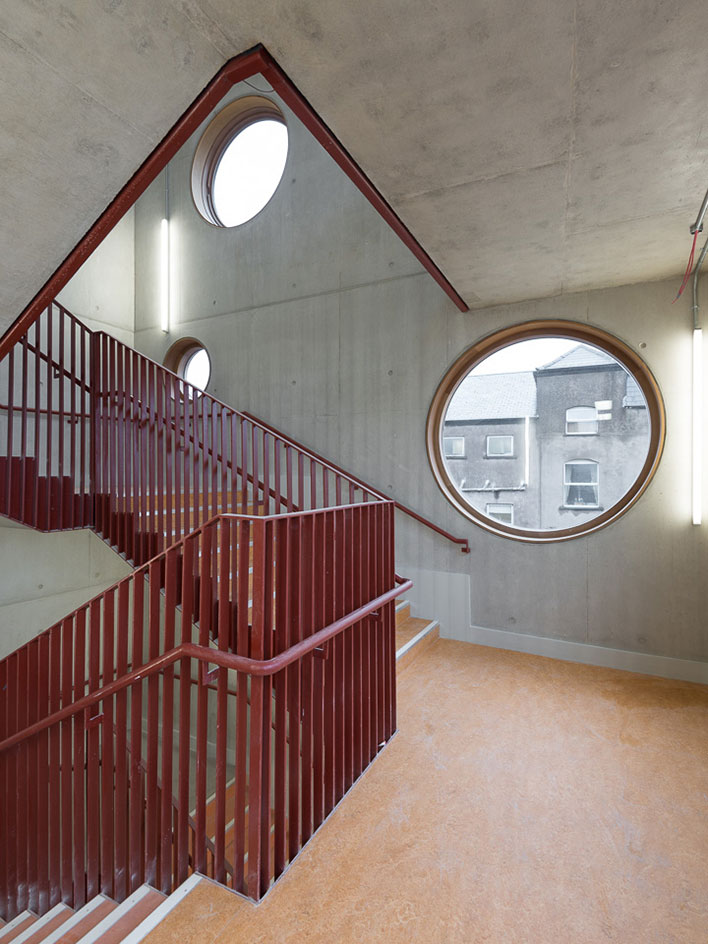
St Angela’s College by O’Donnell+Tuomey
A teaser preview of the interior showcases the recognisable characteristics of O’Donnell+Tuomey’s distinct style. The new campus will enhance the city's identity, with the four-storey science building and entrance wing visible from St Patrick's Hill, and the distinguishing roof forms of the cascading elements visible from vantage points in the city.

Athlone Community College by McGarry Ní Éanaigh Architects
Opened earlier this year, this secondary school features a sweeping crimson facade that announces its vibrant presence within a suburban context. Embedded in a sloping site in the heart of the Irish midlands, the building is defined by its colour, form and texture.
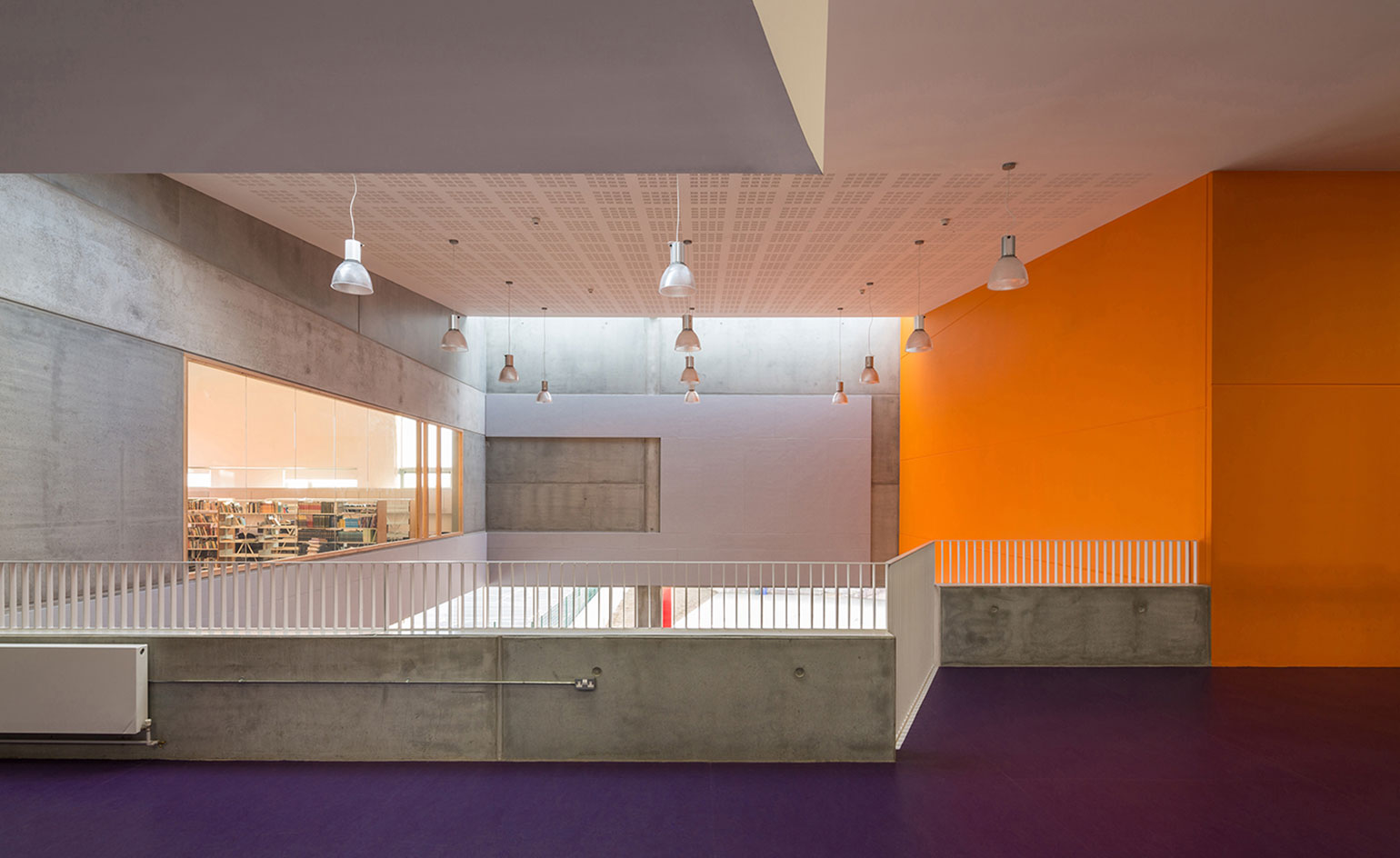
Athlone Community College by McGarry Ní Éanaigh Architects
Winner of RIAI Best Education Building 2015, the vivacious, rendered concrete-frame building is organised so as to break up the mass and incorporate playing fields and gardens. Splashes of bright colour enliven the spacious, well-lit interior.

Teagasc College of Amenity Horticulture by OPW (Office of Public Works)
Located in the scenic grounds of the National Botanic Gardens in Dublin, this new college comprises three volumes in a courtyard arrangement; the refurbishment of an existing stone building, a new glazed circulation structure and the sculptural classroom block.

Teagasc College of Amenity Horticulture by OPW (Office of Public Works)
The striking form of the timber clad classroom block nestles into the sloping landscape to minimise its impact on the gardens and the neighbouring historic glasshouse buildings. Its placement forms a boundary to the public space, creating a new route along the west facade towards the river.
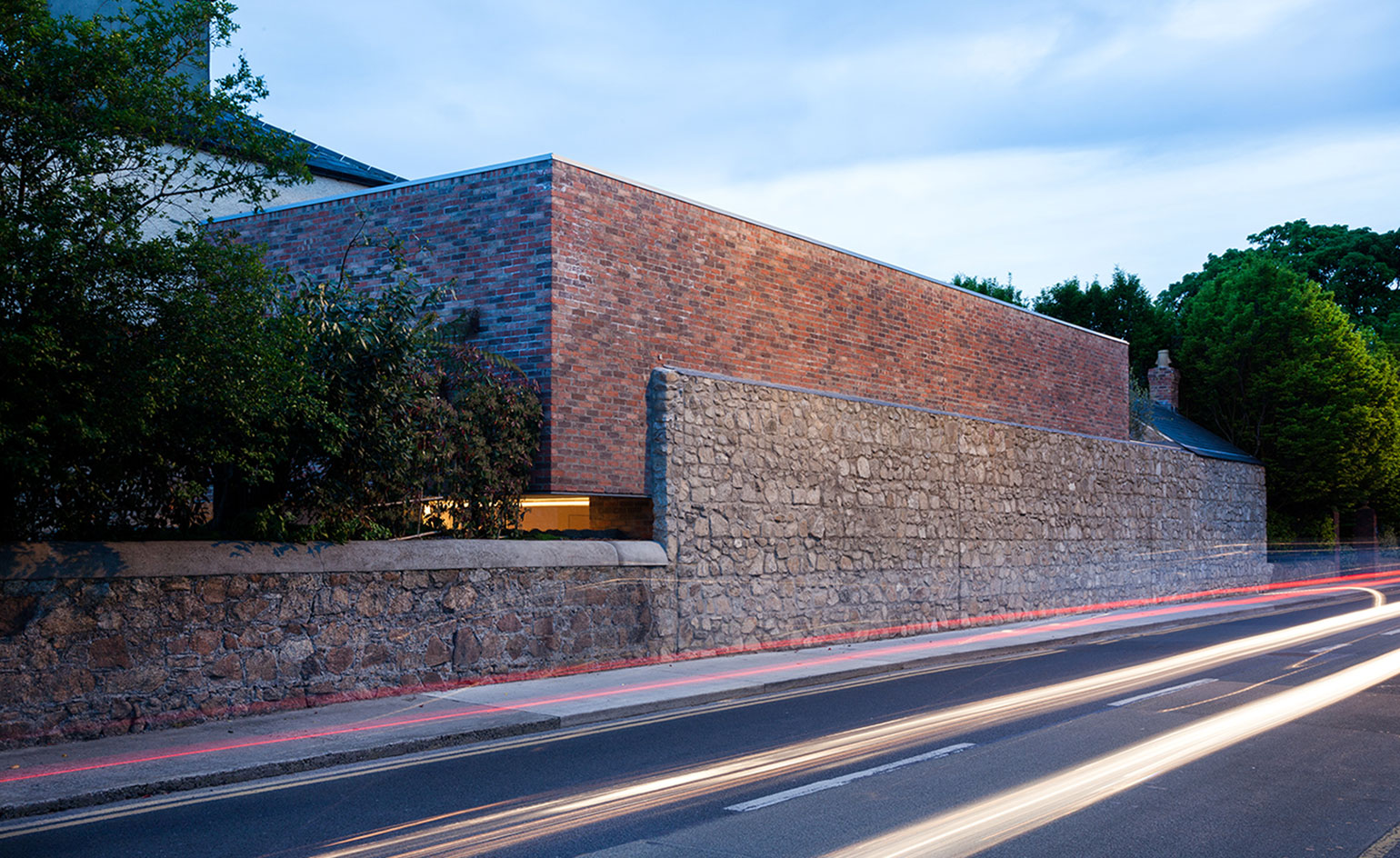
Alma Road by ODOS Architects
Sited on the grounds of a protected structure, the lynchpin corner plot terminating a Dublin Victorian terrace was considered undevelopable, with strict planning conditions restricting height and appearance. No visible windows were permitted from the street.
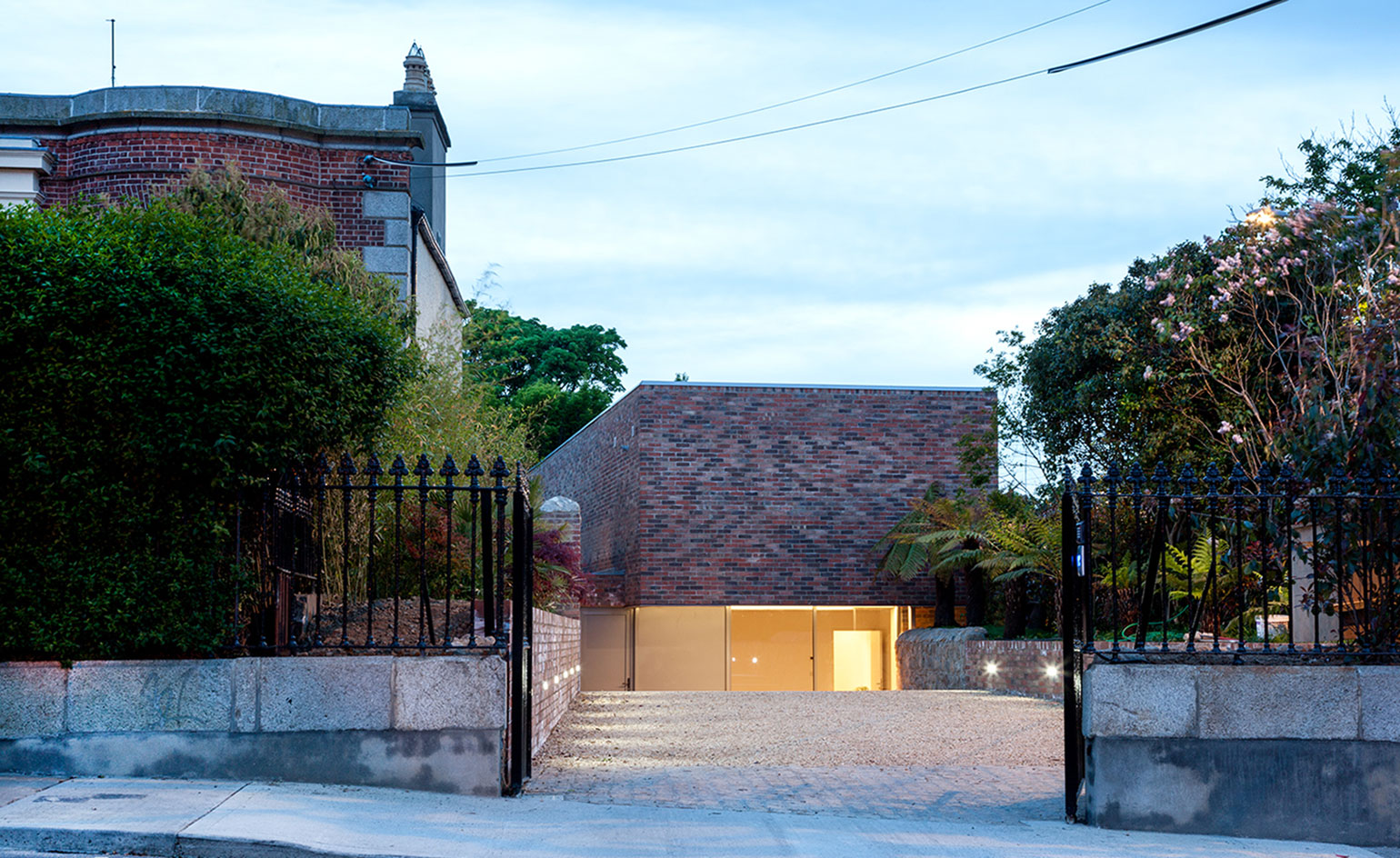
Alma Road by ODOS Architects
Historically, the site was a walled orchard, prompting the architects to design a house that resembled a Victorian wall. Constructed in brick, the elegant two-storey dwelling nestles behind the wall, with daylight drawn inside through a series of interconnected courtyard spaces.
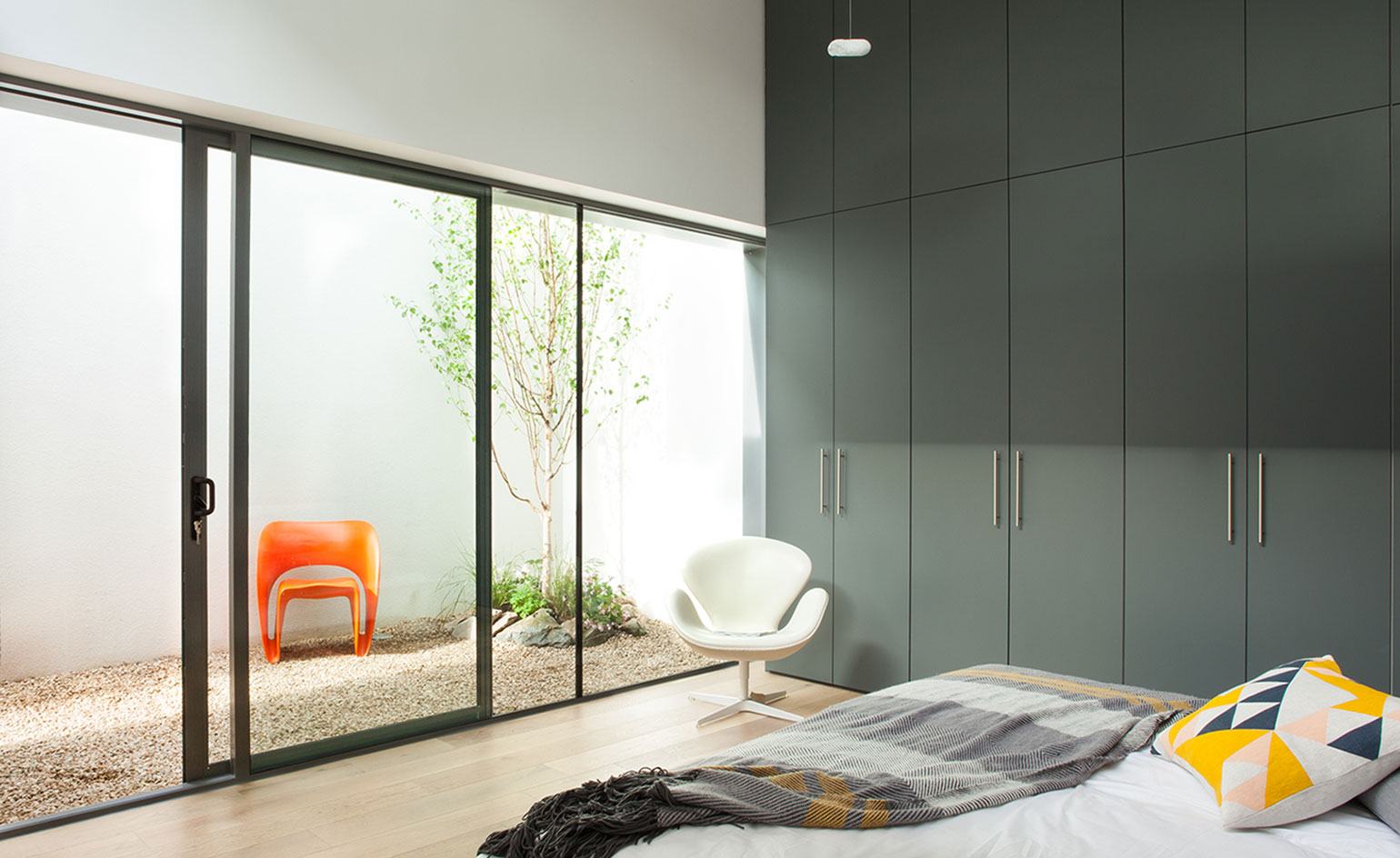
Alma Road by ODOS Architects
The bedrooms are located on the ground floor, opening out onto the privacy of the lower Zen courtyard, while the first floor living spaces are connected through a series of planted outdoor areas.

The Lake House by Aughey O’Flaherty Architects
The 270 sq m tailor made house avails of its spectacular setting on the Howth peninsula, with views of Lambay Island and Ireland’s Eye to the north and a large lake to the south. Bound by the Burrow beach dunes, the house is sensitive to its conservation area setting, elevated to comply with the council’s flooding policy.

The Lake House by Aughey O’Flaherty Architects
The south eastern corner cantilevers over the lake with foundations set back from the edge, resulting in a long dual-aspect building with an east–west orientation and central kink in geometry, accentuating the location of the entrance.
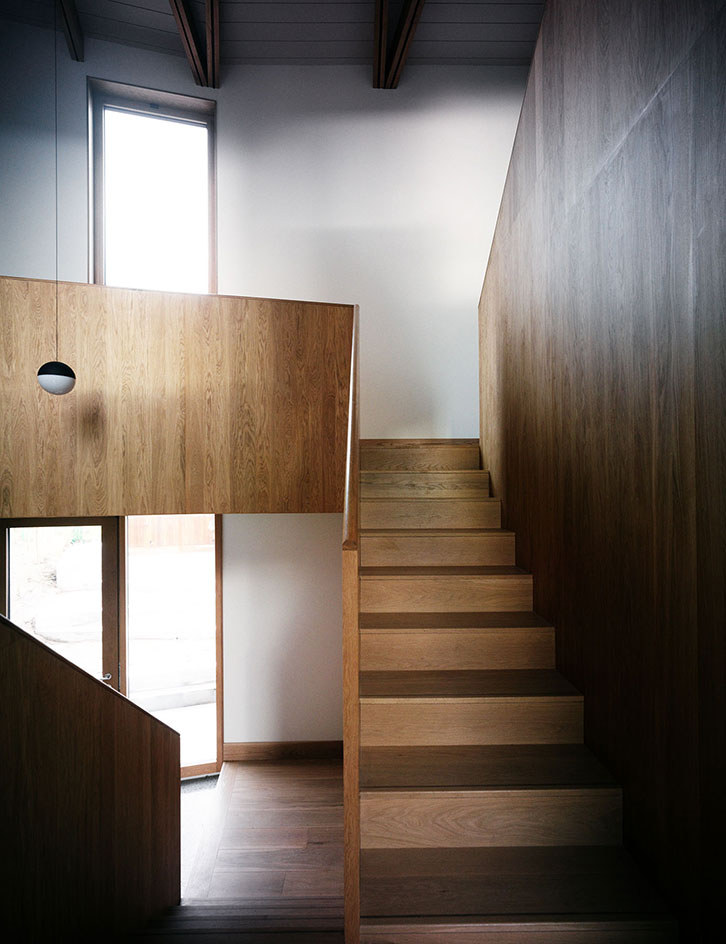
The Lake House by Aughey O’Flaherty Architects
The orientation of the raised house allows ample daylight into the spacious interior.

Church Road, Belfast by Hall McKnight
On a steeply sloping site with elevated views of Belfast city and the surrounding hillside, three distinct mono-pitched volumes interconnect to form a striking new home in a symphony of vernacular red brick.

Church Road, Belfast by Hall McKnight
Bound by a golf course at the rear, the house features a main entrance hidden behind a high wall at the front, accessed by a wide bridge that leads to the middle floor. Two projecting glazed bays in the living space focus the views over the mature golf course landscape.
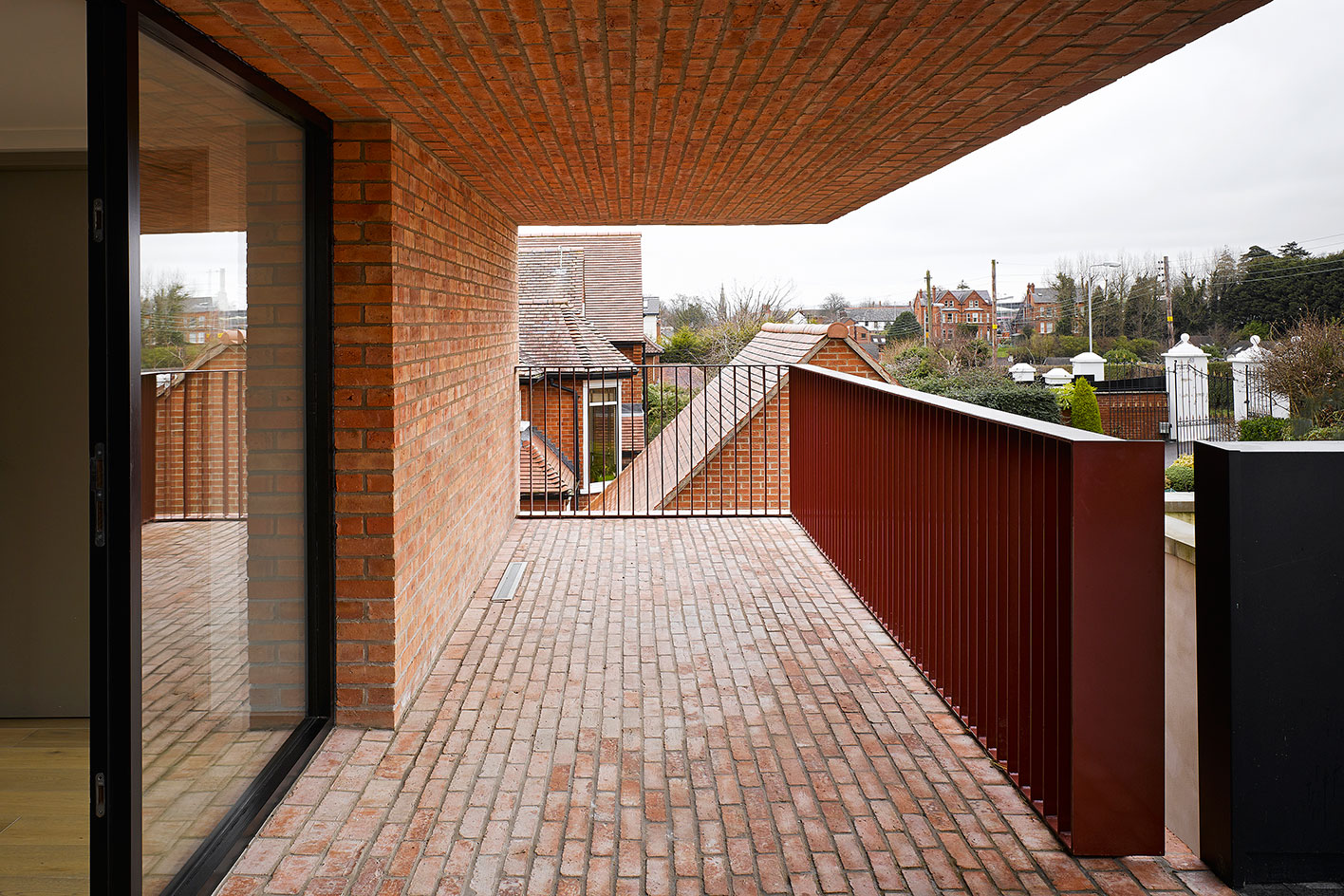
Church Road, Belfast by Hall McKnight
The connection between the trio of volumes is highlighted by recesses, ensuring each piece is distinct and legible, with meticulous detailing of cantilevering soffits and flush glass to brick junctions.

The Haven by Gottstein Architects
Tucked down a narrow laneway in Killarney, a disused three-storey stone granary building has been given a new lease of life with a restoration and stylish new-build addition, that extends an existing hostel facility to form 645 sq m of small-scale accommodation.
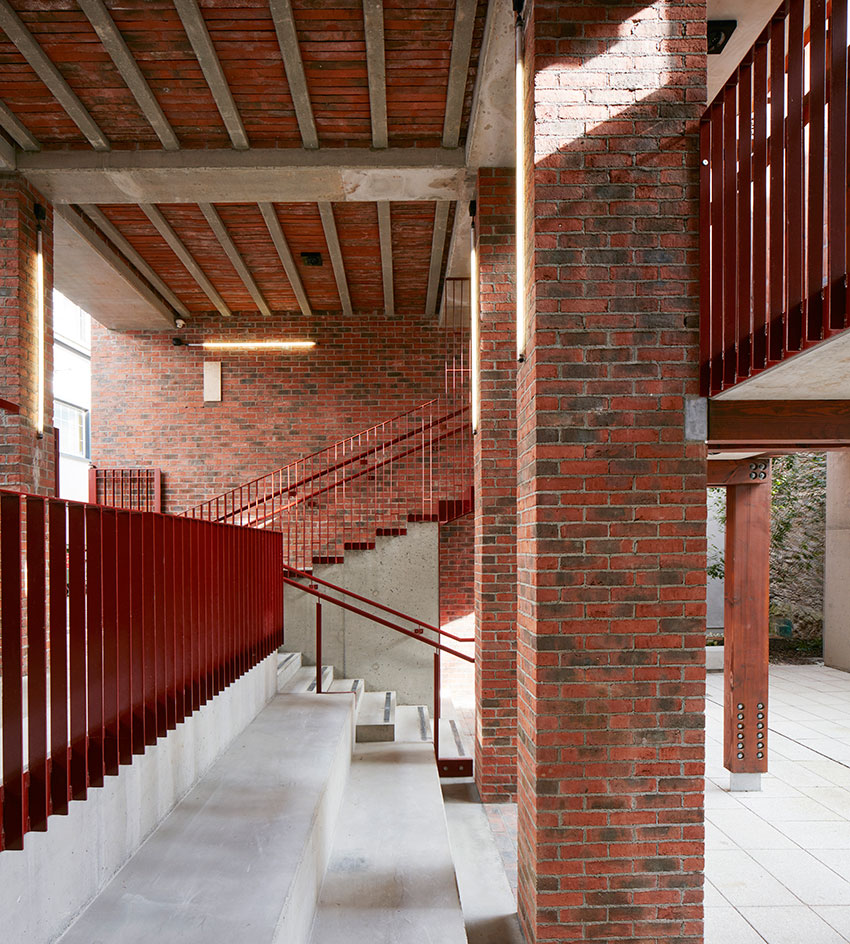
The Haven by Gottstein Architects
A covered external foyer, aptly named the Breezeway, forms a threshold to the laneway, constructed from a robust palette of red brick, concrete, timber and steel. Terraced gathering space softens the level difference in the south facing courtyard, which becomes the social hub that links the hostel buildings.
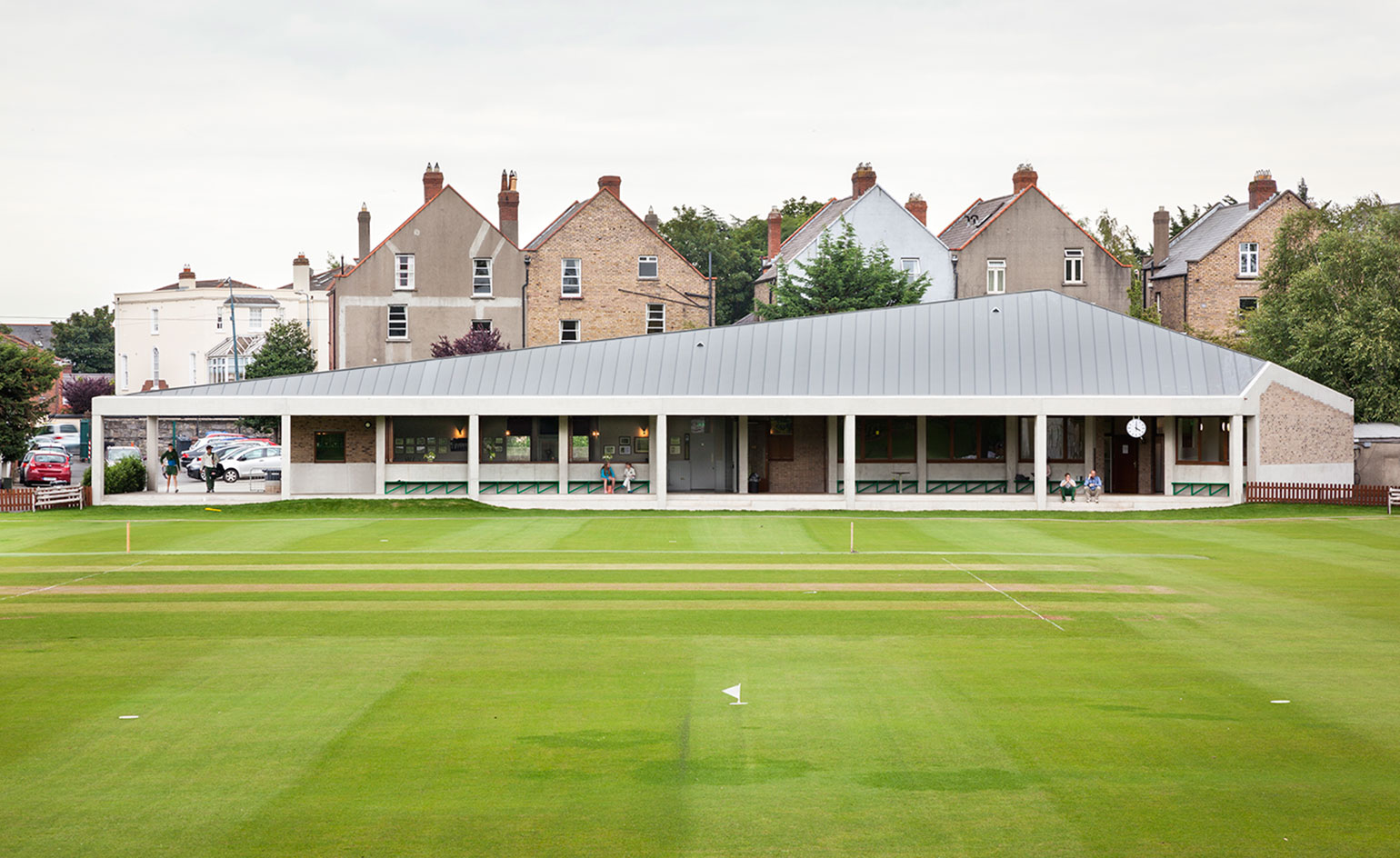
Merrion Cricket Club by TAKA Architects
Cricket isn't a sport normally associated with Ireland, yet the new club house for the long established Merrion Cricket Club is located a stone’s throw from the RDS Arena, Dublin’s multipurpose sports stadium. Replacing a 1980s structure damaged by flooding, the simple form of the raised pavilion is defined by its geometric zinc roof.

Merrion Cricket Club by TAKA Architects
Conceived as a symmetrical pyramidal volume cut to fit the irregular shape of the site, the structure features a spacious interior and a covered terrace, designed to accommodate multiple views of the pitch.

5Cube Energy Pavilion by de Siún Scullion Architects
Completed in 2015, the polished black cube in Dublin’s Hanover Quay is conceived as a physical representation of 473 barrels of oil, the volume consumed in Ireland every five minutes. Clad in glass-faced cladding panels, the 4.2 sq m semi-permanent installation raises awareness of fossil fuel depletion.

5Cube Energy Pavilion by de Siún Scullion Architects
Mirrored bands are engraved into the east and west facades of the monolith. The eastern slivers represent the quantity of renewable energy consumed in the same five minutes as oil, and the wider, western bands symbolise the 2020 renewable target.
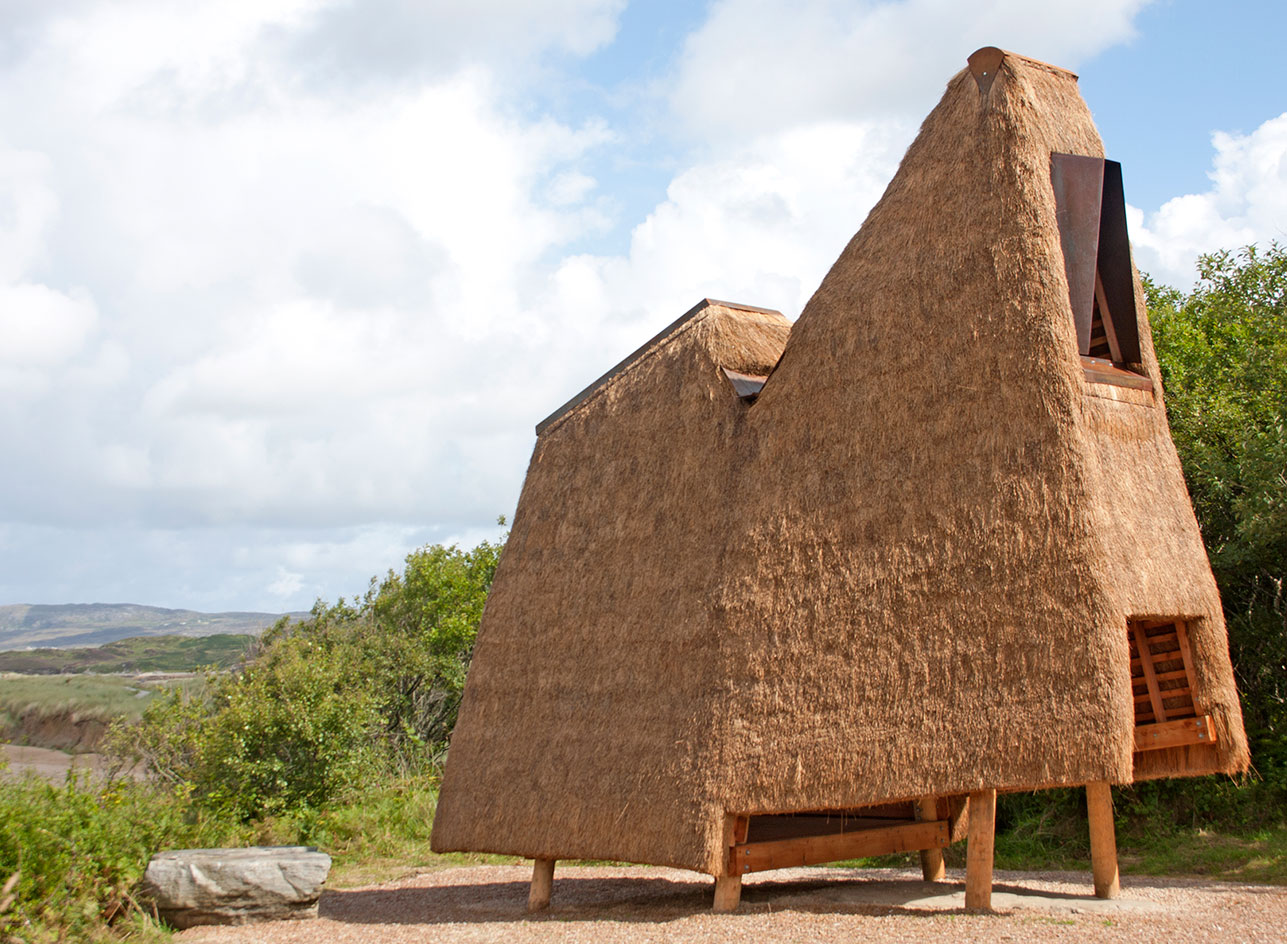
Jeffry’s House by artist Emily Mannion and architect Thomas O'Brien
Commissioned by Donegal County Council in partnership with the Irish Architecture Foundation (IAF), Coillte and the Earagail Arts Festival, Jeffry’s House, an 18 sq m timber and thatch folly, presides over the shoreline of Sheephaven Bay in Ards Forest Park.

Jeffry’s House by artist Emily Mannion and architect Thomas O'Brien
Jeffry’s House is 'a respite from the elements', explains the duo, and a place for rest and contemplation. 'It is for children and for the child within us.
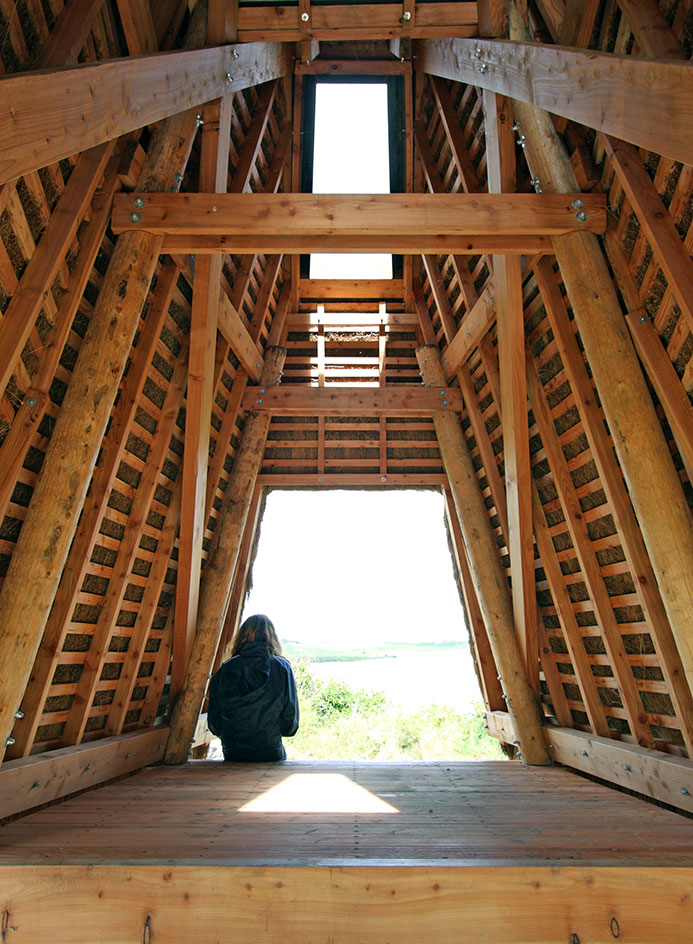
Jeffry’s House by artist Emily Mannion and architect Thomas O'Brien
The geometric larch frame was constructed on site in 2014 by the architect-and-artist team, and clad in flax by thatcher Ivor Kilpatrick. The interior offers framed views of the sky and sea and shelter from the elements.
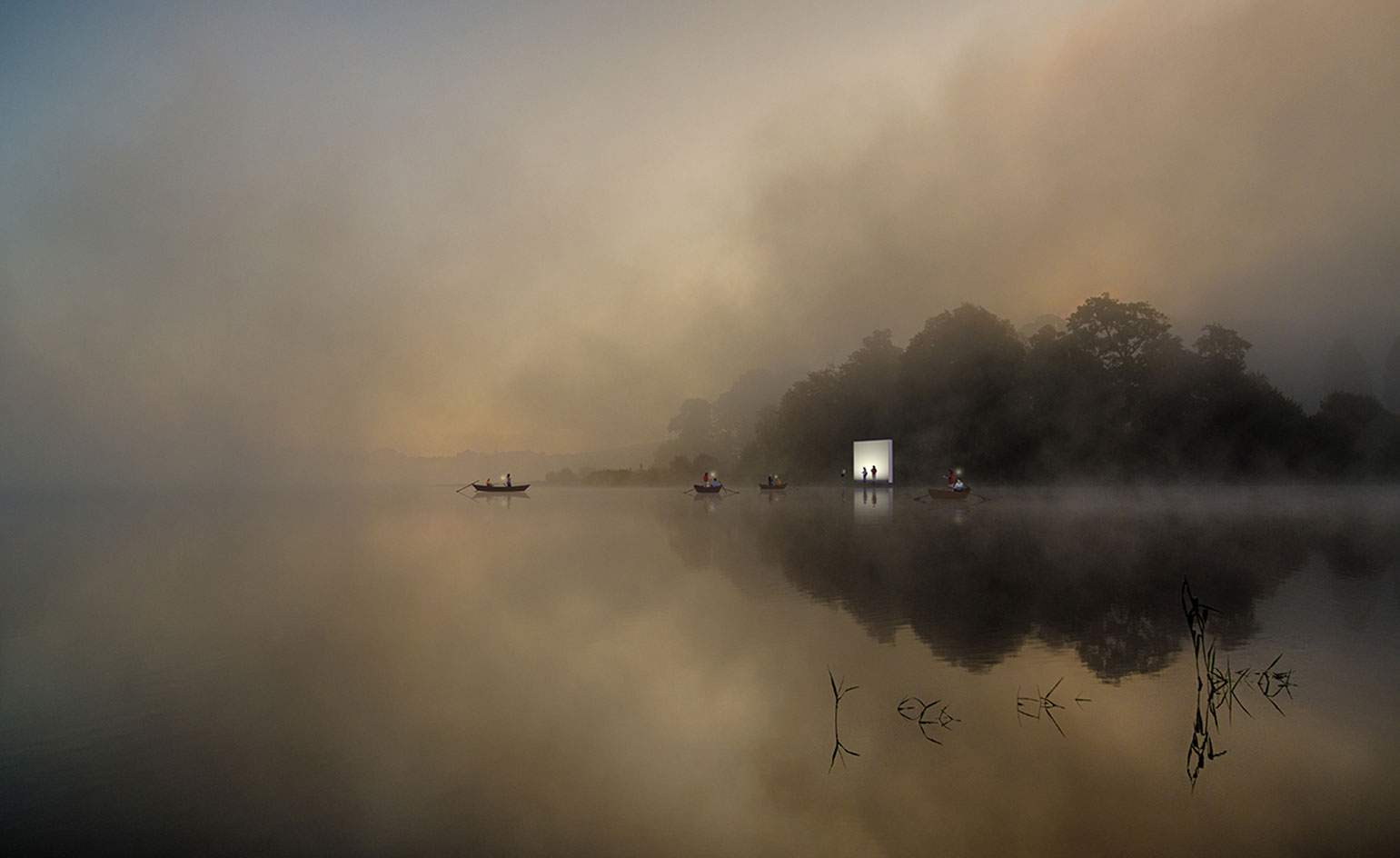
Yeats2015 International Design Competition
Commemorating the 150th anniversary of the birth of Irish Nobel prize-winning poet William Butler Yeats, Cliona Brady, Bernadette Donohoe, Michael Roulston and Marianne O'Kane Boal from the architecture department at Institute of Technology Sligo launched an international design competition for a temporary intervention on the island of Innisfree, merging Yeats’ poetic vision in ‘The Lake Isle of Innisfree’, with contemporary architectural ideas.
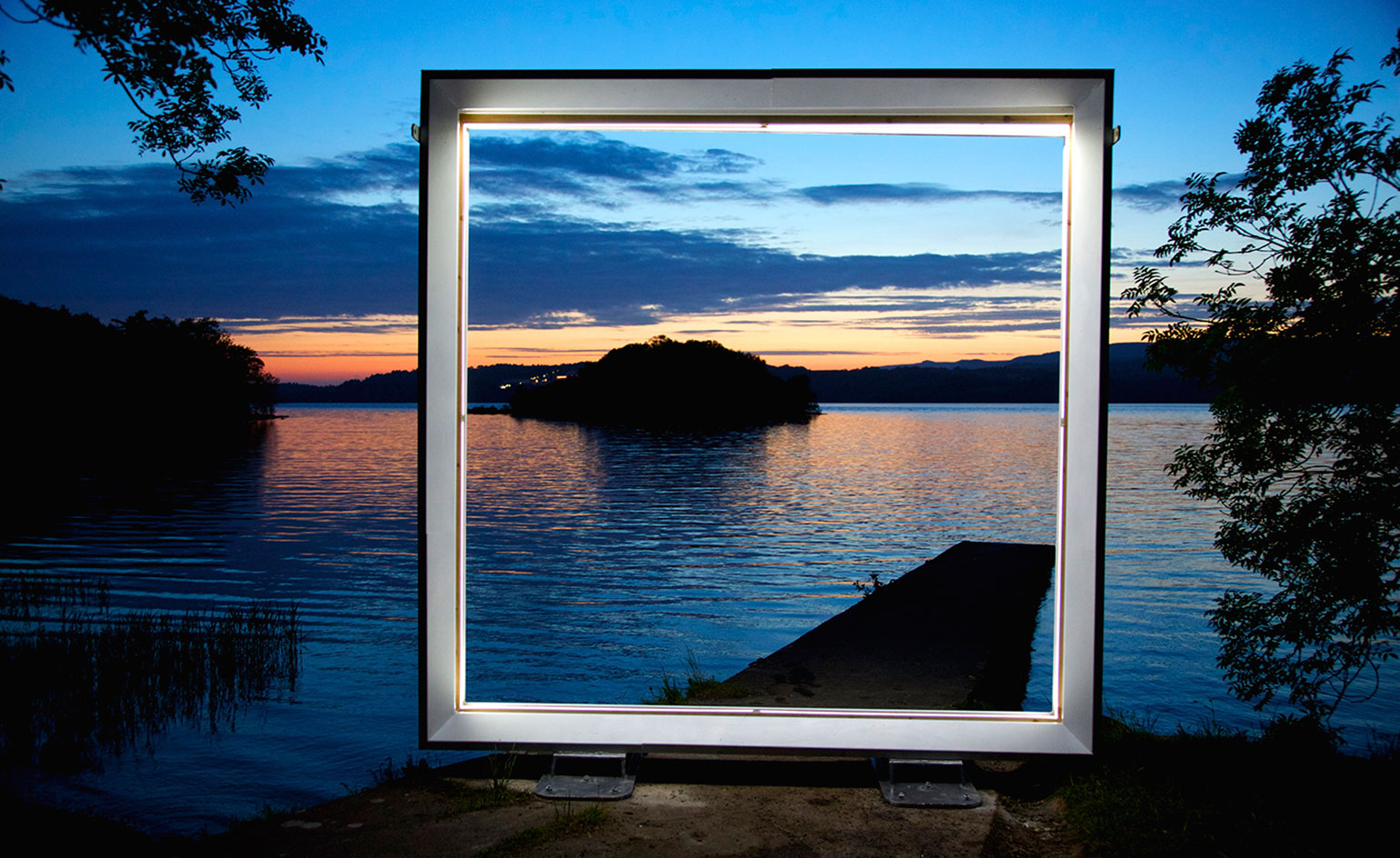
Yeats2015 competition winner – ‘Square Moon’ by Shindesignworks
‘Square Moon’, the winning proposal by Anglo-Korean Shindesignworks, captures the view of the island in an illuminated aluminium frame. Conceived as a portal to the world of poetry, the temporary installation will remain on location until December 2015, before moving to its permanent home on the campus of IT Sligo.

Yeats2015 competition entry – CODA 'Cabinette' by Caroline O’Donnell
The competition sought to explore key issues of global importance such as memory, identity and sense of place, through engaging with the architecture.

Yeats2015 competition entry – The Lake Isle of Innisfree by Natalia Matesanz and Manuel Monteserín
All of the entries to the Yeats2015 Architecture Competition are on display at The Model Art Space in Sligo town. Entitled 'Liminal Spaces Exhibition: Art, Architecture and Place', the show runs until 23 December.
INFORMATION
For more information, visit Irish Design 2015’s website
Wallpaper* Newsletter
Receive our daily digest of inspiration, escapism and design stories from around the world direct to your inbox.
-
 Beach chic: the all-new Citroën Ami gets an acid-tinged, open-air Buggy variant
Beach chic: the all-new Citroën Ami gets an acid-tinged, open-air Buggy variantCitroën have brought a dose of polychromatic playfulness to their new generation Ami microcar, the cult all-ages electric quadricycle that channels the spirit of the 2CV for the modern age
-
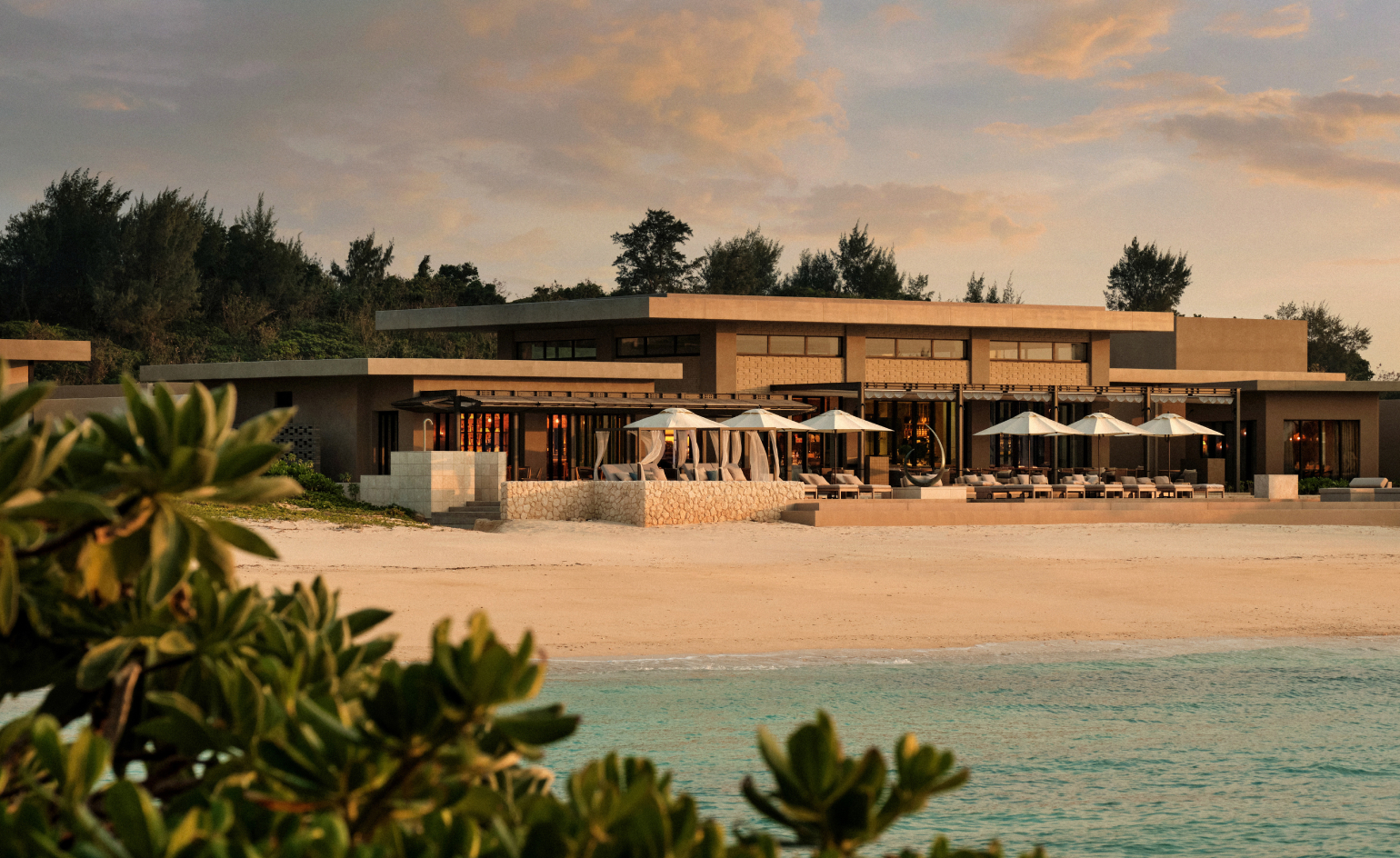 Wallpaper* checks in at Rosewood Miyakojima: ‘Japan, but not as most people know it’
Wallpaper* checks in at Rosewood Miyakojima: ‘Japan, but not as most people know it’Rosewood Miyakojima offers a smooth balance of intuitive Japanese ‘omotenashi’ fused with Rosewood’s luxury edge
-
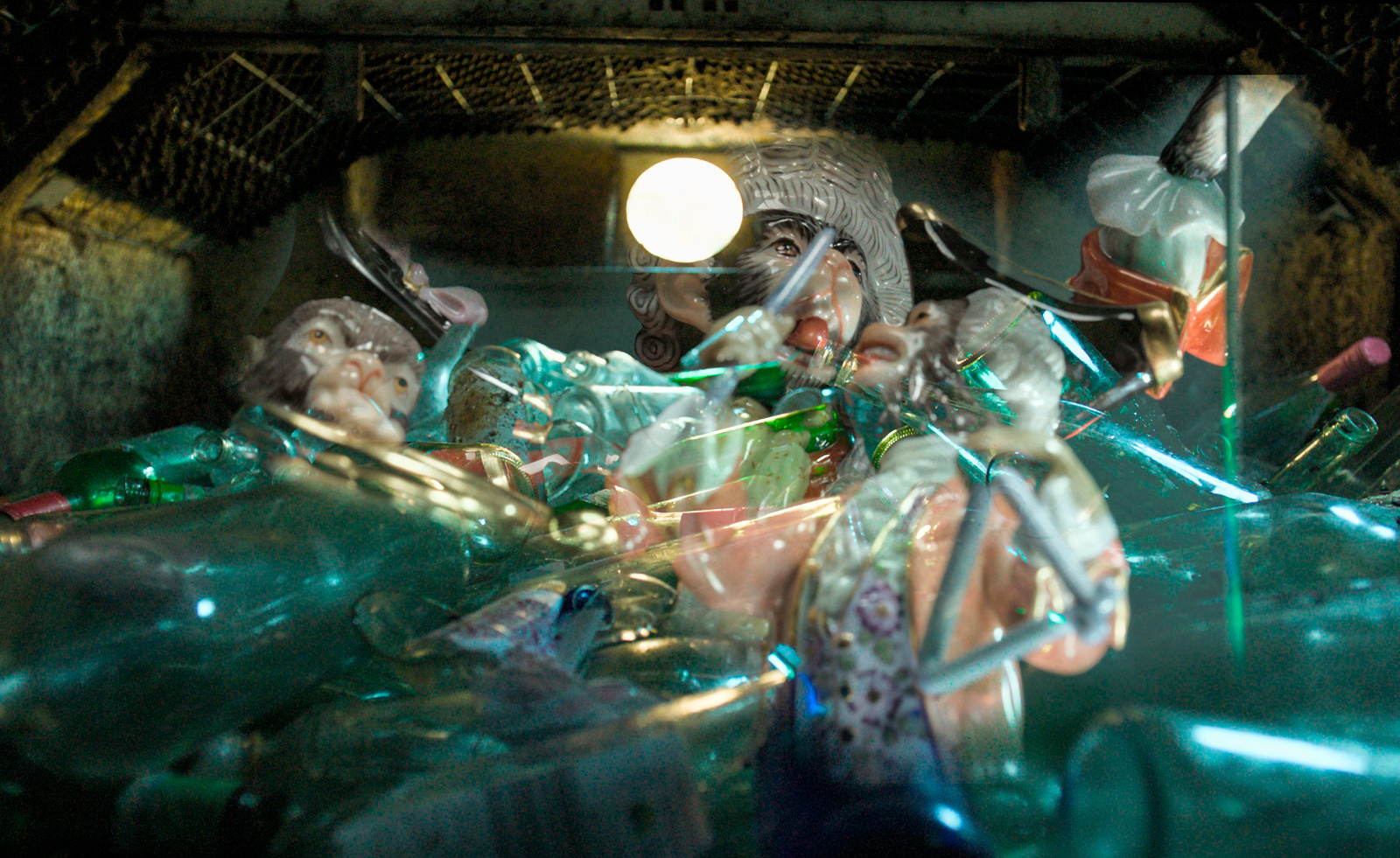 Thrilling, demanding, grotesque and theatrical: what to see at Berlin Gallery Weekend
Thrilling, demanding, grotesque and theatrical: what to see at Berlin Gallery WeekendBerlin Gallery Weekend is back for 2025, and with over 50 galleries taking part, there's lots to see
-
 2025 Expo Osaka: Ireland is having a moment in Japan
2025 Expo Osaka: Ireland is having a moment in JapanAt 2025 Expo Osaka, a new sculpture for the Irish pavilion brings together two nations for a harmonious dialogue between place and time, material and form
-
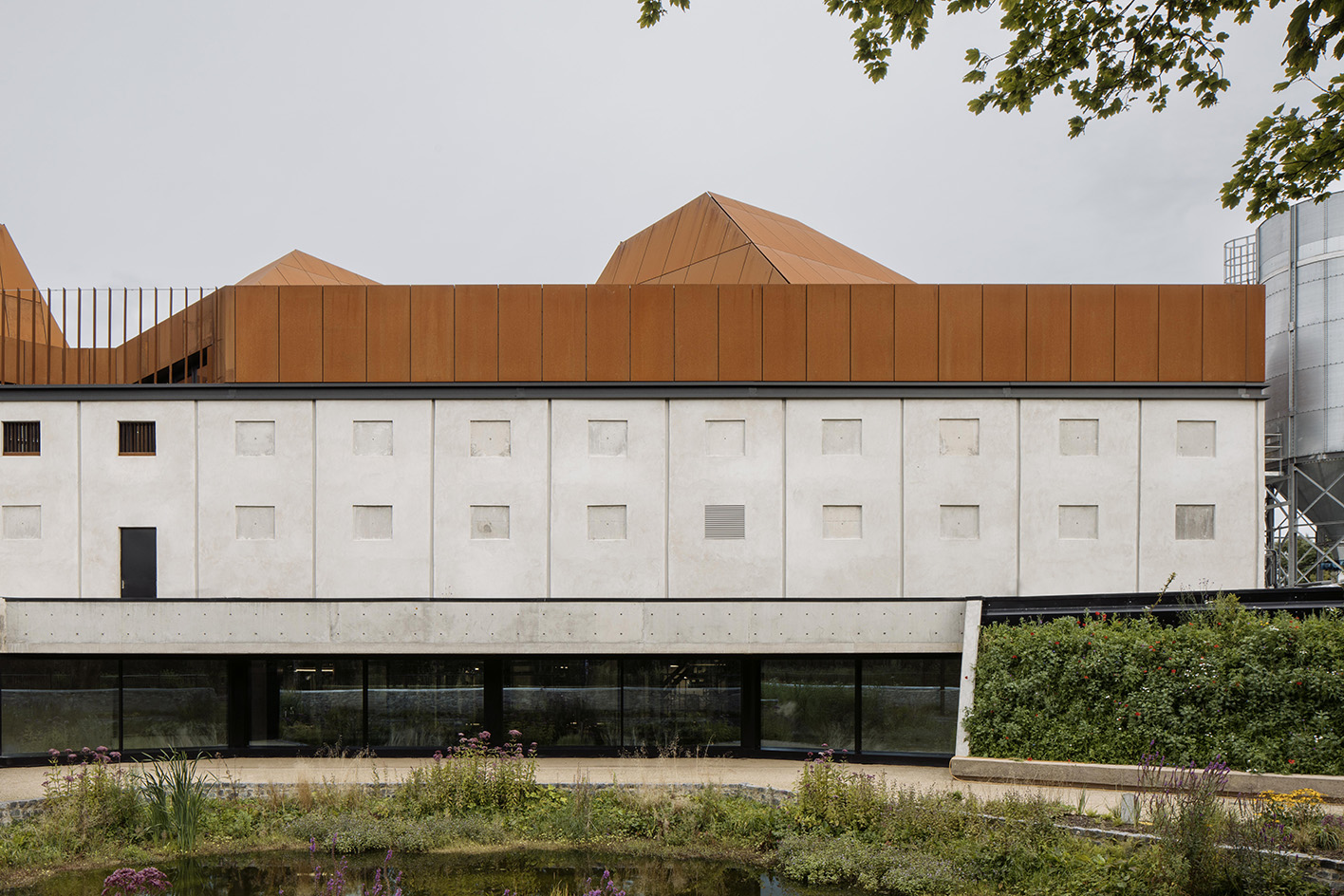 Step inside the spirit world of Church of Oak's headquarters in Ireland
Step inside the spirit world of Church of Oak's headquarters in IrelandNew Irish whiskey brand Church of Oak gets a headquarters with a strong identity designed by boutique studio ODOS Architects
-
 Escape to this off-grid artist studio on the Irish island of Inis Oírr
Escape to this off-grid artist studio on the Irish island of Inis OírrFor the aptly named Drop Everything cultural biennial, a perfect pod has popped up on the rocky headland of Inis Oírr, the smallest of the Aran Islands, located off the west coast of Galway
-
 Architects Directory Alumnus: Grafton Architects
Architects Directory Alumnus: Grafton ArchitectsThe Wallpaper* Architects Directory has turned 20. Conceived in 2000 as our index of emerging architectural talent, this annual listing of promising practices, has, over the years, spanned styles and continents; yet always championing the best and most exciting young studios and showcasing inspiring work with an emphasis on the residential realm. To mark the occasion, in the next months, we will be looking back at some of our over-500 alumni, to catch up about life and work since their participation and exclusively launch some of their latest completions. Ireland's Grafton Architects was featured in the magazine's first ever Architects Directory, in 2000, and has since grown exponentially in architectural output and influence, becoming, amongst other things, one of the world's go-to studios for inspiring education buildings. Here, we look at their School of Economics at Université Toulouse 1 Capitole in France.
-
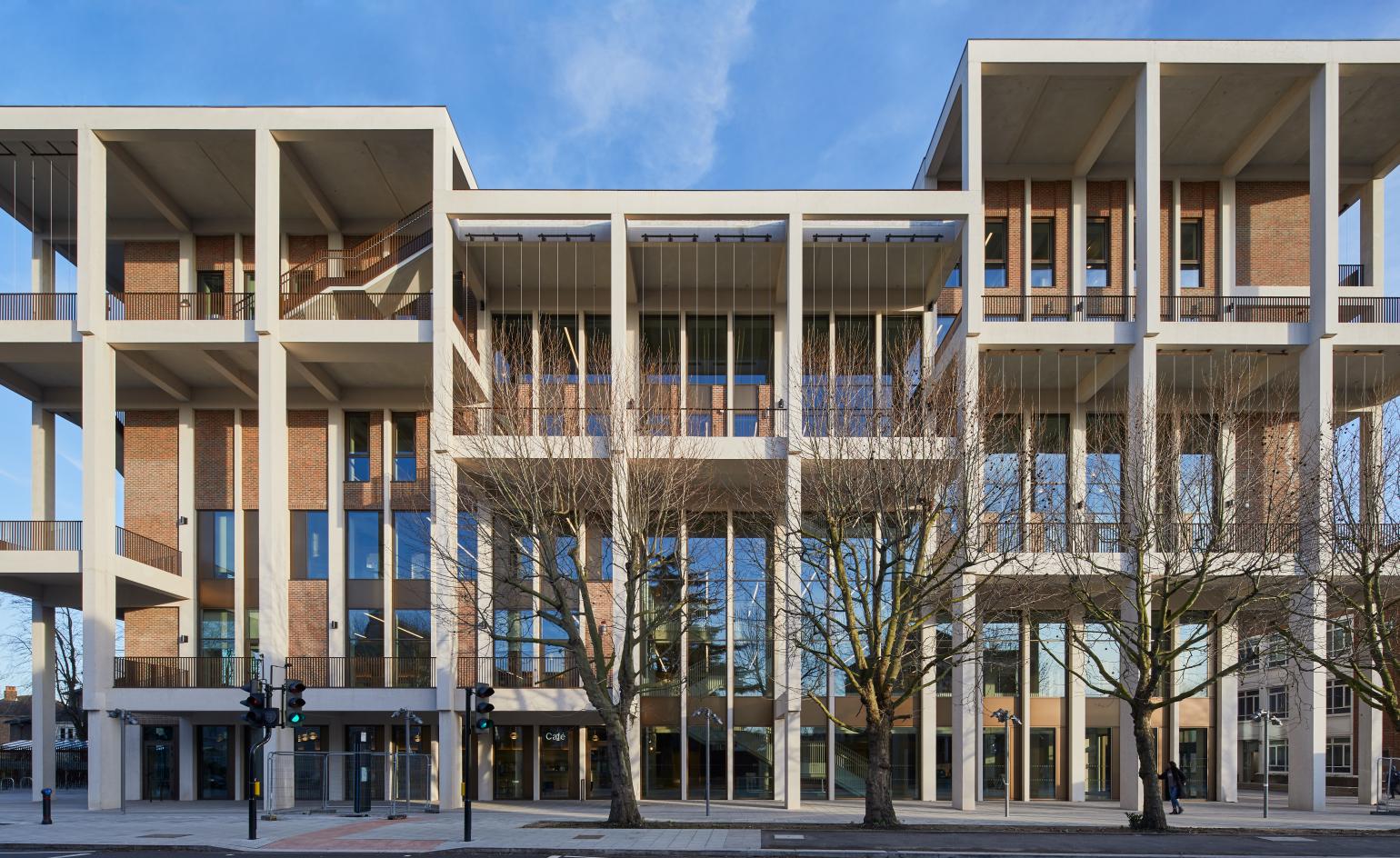 Grafton's Town House is a celebration of openness and community
Grafton's Town House is a celebration of openness and communityGrafton Architects designs Town House for Kingston University London, combining a library and a dance school in a building conceived around light, openness and social interaction
-
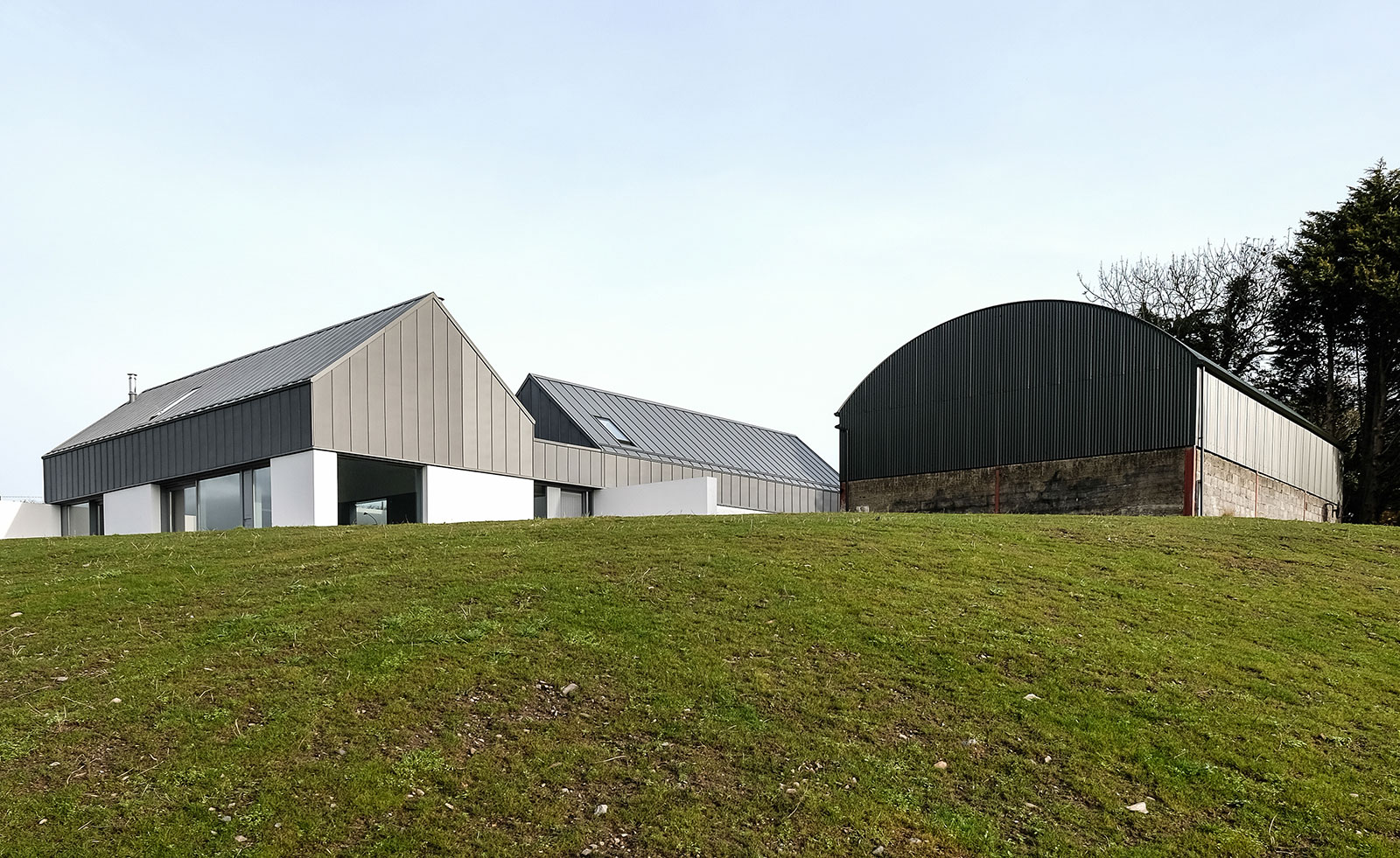 McGonigle McGrath’s County Down compound named RIBA House of the Year
McGonigle McGrath’s County Down compound named RIBA House of the YearIn Northern Ireland, Belfast-based McGonigle McGrath has refined a former farmstead into a family home through a series of edits and additions made with restraint and clarity
-
 TOB
TOBWALLPAPER* ARCHITECTS’ DIRECTORY 2019: Dublin-based Thomas O Brien takes architectural history and building plans as a starting point for his designs. He adopts a straightforward approach that places materials and construction visibly at the forefront, expressing honesty and clarity through architecture. Projects include Knockraha (pictured), a trussed extension to a family home in County Cork.
-
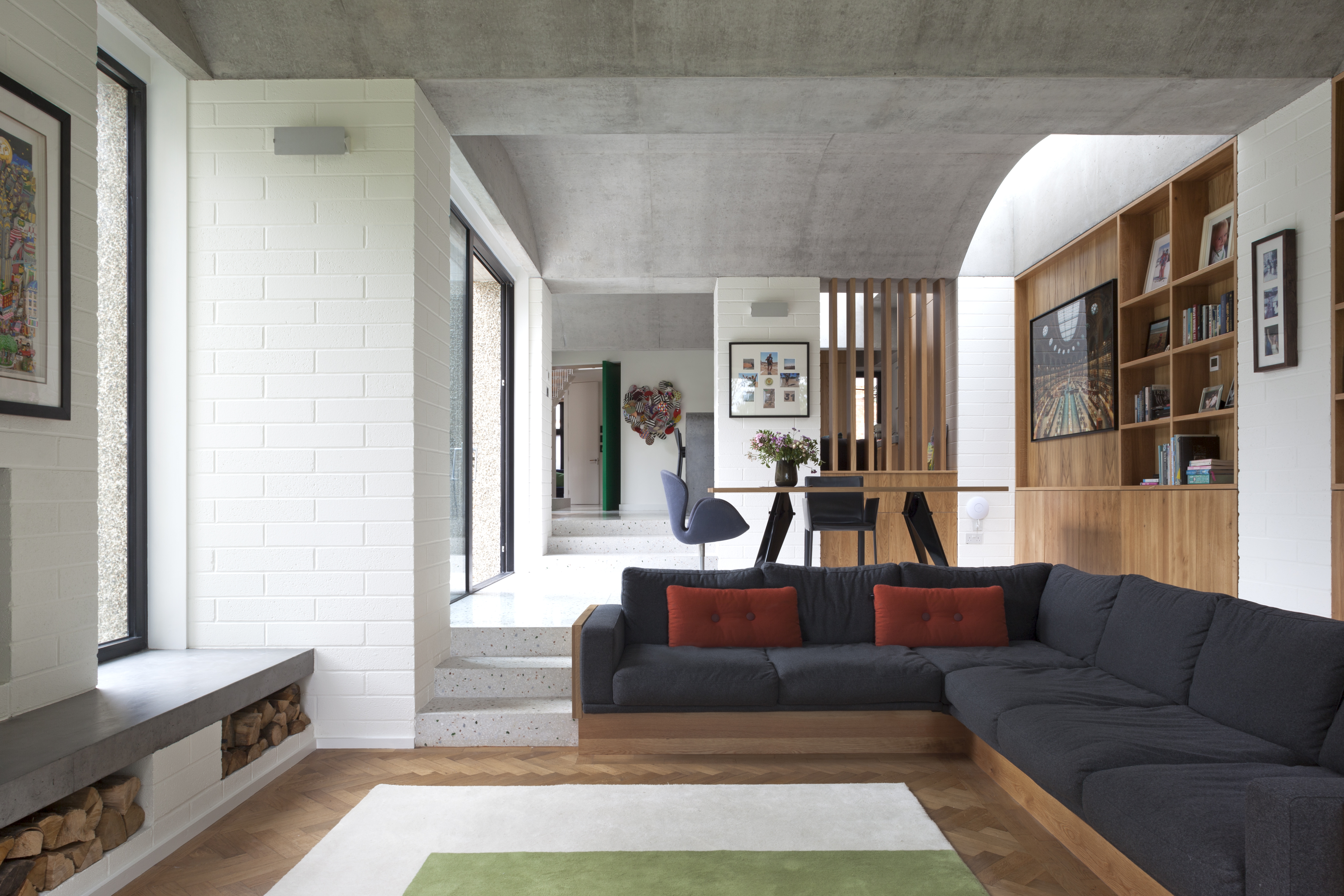 Dublin house gets brutalist makeover by GKMP Architects
Dublin house gets brutalist makeover by GKMP Architects